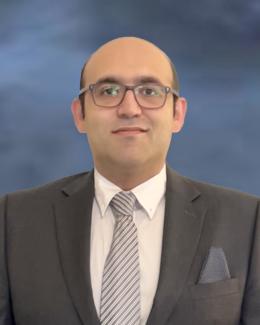Abstract
X-ray computed tomography (XCT) is a key tool in non-destructive evaluation of additively manufactured (AM) parts, allowing for internal inspection and defect detection. Despite its widespread use, obtaining high-resolution CT scans can be extremely time consuming. This issue can be mitigated by performing scans at lower resolutions; however, reducing the resolution compromises spatial detail, limiting the accuracy of defect detection. Super-resolution algorithms offer a promising solution for overcoming resolution limitations in XCT reconstructions of AM parts, enabling more accurate detection of defects. While 2D super-resolution methods have demonstrated state-of-the-art performance on natural images, they tend to under-perform when directly applied to XCT slices. On the other hand, 3D super-resolution methods are computationally expensive, making them infeasible for large-scale applications. To address these challenges, we propose a 2.5D super-resolution approach tailored for XCT of AM parts. Our method enhances the resolution of individual slices by leveraging multi-slice information from neighboring 2D slices without the significant computational overhead of full 3D methods. Specifically, we use neighboring low-resolution slices to super-resolve the center slice, exploiting inter-slice spatial context while maintaining computational efficiency. This approach bridges the gap between 2D and 3D methods, offering a practical solution for high-throughput defect detection in AM parts.





